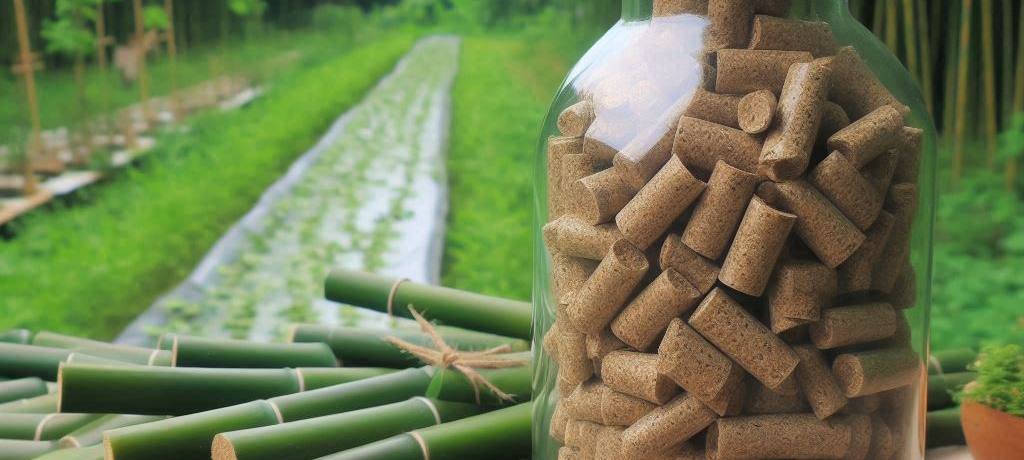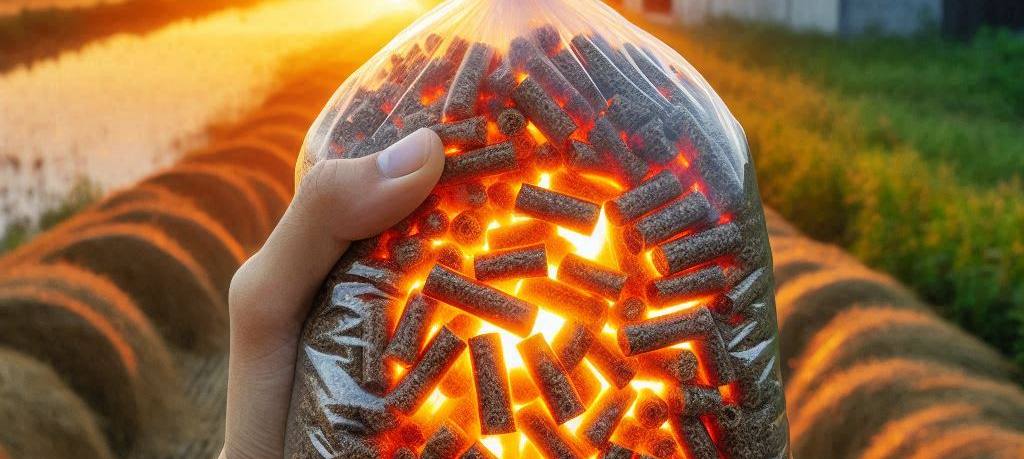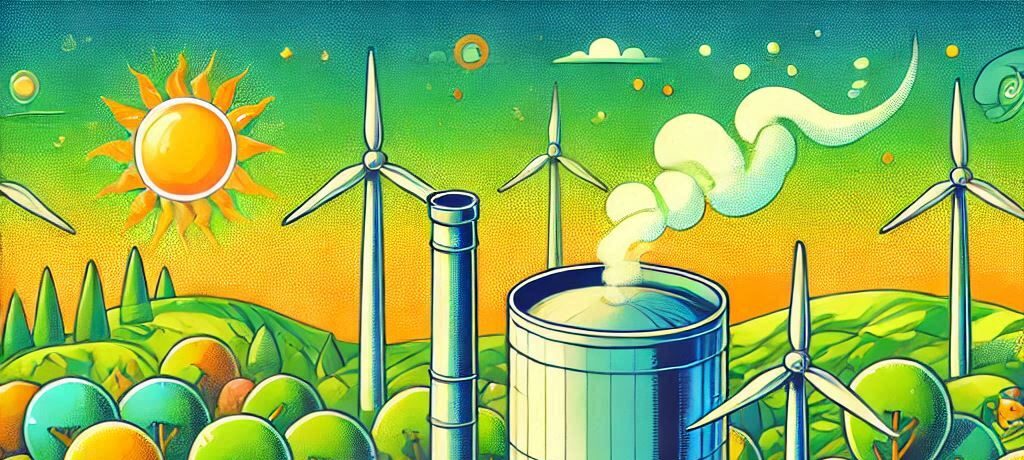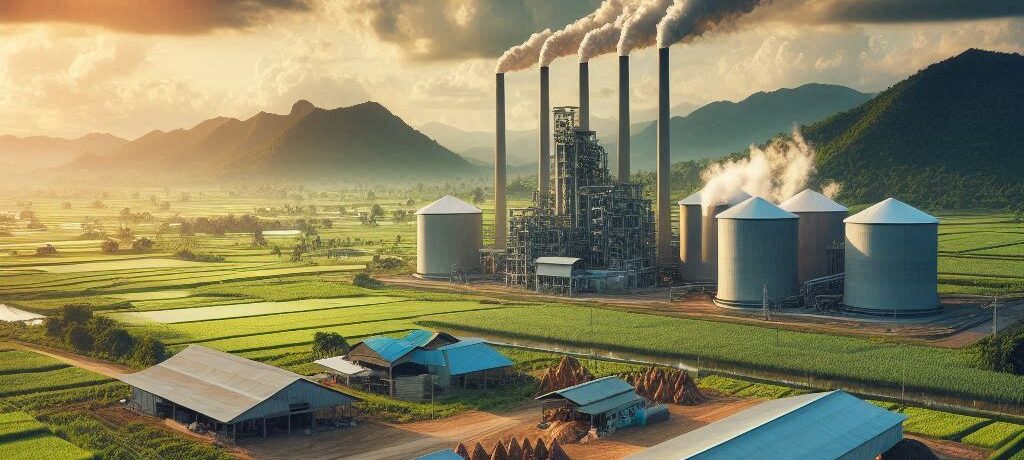❓ What is the potential of bamboo cultivation in India for pellet and chip production?
🌿 Bamboo Cultivation & Chips – Pellet Production Potential in India 📌 Key Bamboo-Bearing States & Their Contributions 1️⃣ Madhya Pradesh 🏞️ 2️⃣ Arunachal Pradesh 🌄 3️⃣ Maharashtra 🌅 4️⃣ Odisha 🏝️ 5️⃣ Assam 🍃 6️⃣ Gujarat 🌾 🔥 Energy Value of Bamboo Pellets 🌱 Top Indian Bamboo Varieties for Pellet & Chip Production 1️⃣ […]
Continue reading❓ What is India’s current biomass pellet production, number of manufacturing units, daily capacity, and actual demand?
India’s biomass pellet production capacity, as of 2023, stands at approximately 7,000 tonnes per day, equating to an annual capacity of 2.5 million tonnes. This production primarily utilizes agricultural residues such as rice husks, wheat straw, and other crop residues, converting them into biomass pellets for renewable energy generation. Driven by government policies and increasing […]
Continue readingNTPC-SAIL Power Company Limited (NSPCL) Bhilai PP-3 Biomass Pellet Procurement
NTPC-SAIL Power Company Limited (NSPCL) Bhilai PP-3 Biomass Pellet Procurement – Key Highlights
Continue readingBiomass Frequently Asked Questions
🌟 Frequently Asked Questions 🌟 🛠️ PelletIndia.com Can Support You Every Step of the Way! ❓ Final Pellets Size?✅ A: Diameter options: 6mm, 8mm, 10mm, 12mm (choose based on your needs).Pellet length: Adjustable 20-50mm (clients often prefer 30-36mm). ❓ What is the moisture of your raw material?✅ A: Best at 10-15%. If it’s higher, PelletIndia.com […]
Continue readingWhat are the detailed specifications and benefits of Rice Husk, Wood Chips, and Wheat Straw Pellets as solid biomass fuels?
Pellet specifications for Rice Husk Pellets, Wood Chips Pellets, and Wheat Straw Pellets, including additional context and clarifications for each parameter. Rice Husk Pellet Specifications Description:Rice Husk Pellets are a type of solid biomass fuel produced from rice husk, which is the outer covering of rice grains. This agricultural by-product is converted into pellets that […]
Continue reading



